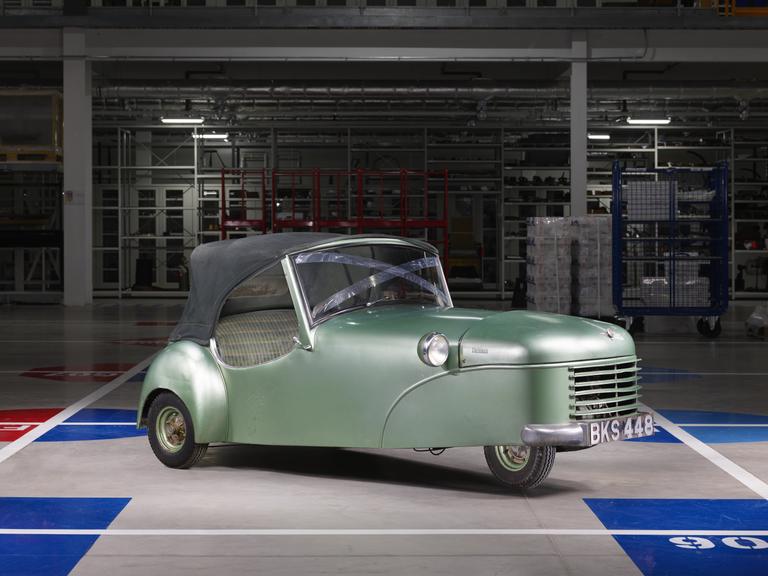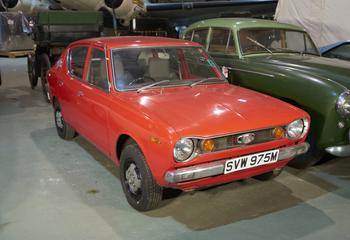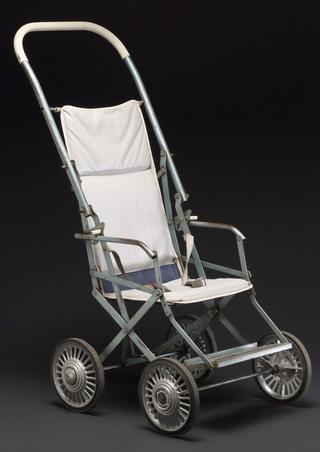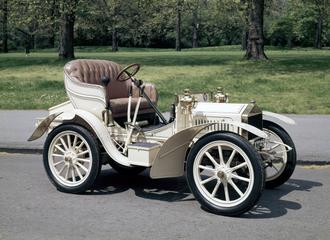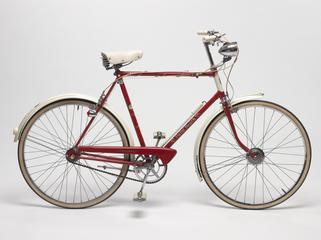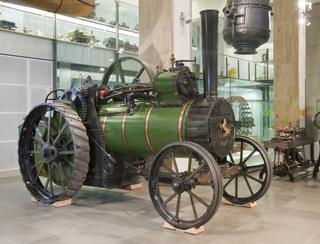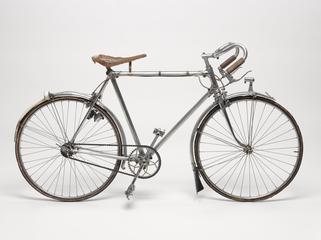Bond Minicar 'Desirée', 1950
This Bond Minicar Model A was built was designed by Lawrence “Lawrie” Bond and produced by Sharps’s Commercials Limited in 1950 in Preston, Lancashire.
The Bond Minicar has a three-wheel configuration and was powered by a front 122cc Villiers MK 10D two-stroke motorcycle engine which powered the front wheel. This motor is started with a pull handle under the driver’s side dash. The car has two passenger doors and two seats, and a bodywork consisting of aluminium, steel and fibreglass panels. The top of the car is a foldable fabric hood.
For the interior, the car’s seats are covered with patterned upholstery, and the footwell are carpeted. The car is fitted with a trailing link suspension system which includes a single coil spring and Hartford friction shock absorber. This Bond Minicar is painted green and has registration plates with the ID: BKS448.
More
Bond Minicars were a series of small-body, two-seat, three-wheeled cars with front-wheel drive designed by Lawrence “Lawrie” Bond and produced by Sharps’s Commercials Limited (later renamed Bond Cars Limited in 1964) between 1949 and 1966.
The car was characterised by its three-wheel design, a light aluminium-steel-fibreglass bodywork (the Bond Minicar was one of the first cars to use fibreglass panels), and a lack of reverse gear. These features had the combined benefit of placing the car into a lower vehicle excise duty and allowing it to be driven with only a motorcycle license. The Bond Minicar could only reach speeds of around 30-40mph using its initial small 122cc Villiers MK 10D two-stroke motorcycle engine. However, with this lack of power or speed came efficiency and the Minicar achieved an independently recorded fuel consumption of approximately 100 miles per gallon.
These features made the car cheap, accessible, and easy to drive, something that was highly attractive during the financially challenging conditions faced by people in the aftermath of the Second World War. The Bond Minicar was consequently an overall success in the UK market, and by the end of its production run approximately 24,500 Bond Minicars had been built.
When Bond Minicars stopped being manufactured, over 24 versions of three basic models had been produced. This particular Bond Minicar is an original model A built in 1950 in Preston. The austere and restrained design of this original model was even highlighted in the 1950s marketing for the Model A, being touted as the ‘world’s most economical car’.
- Measurements:
-
overall: 1270 mm x 1550 mm x 2690 mm,
- Materials:
- metal , hood of wax and textile, possibly canvas , plastic , glass and upholstery textile
- Object Number:
- 1955-288 Pt1
- type:
- motorcar
- Image ©
- The Board of Trustees of the Science Museum
